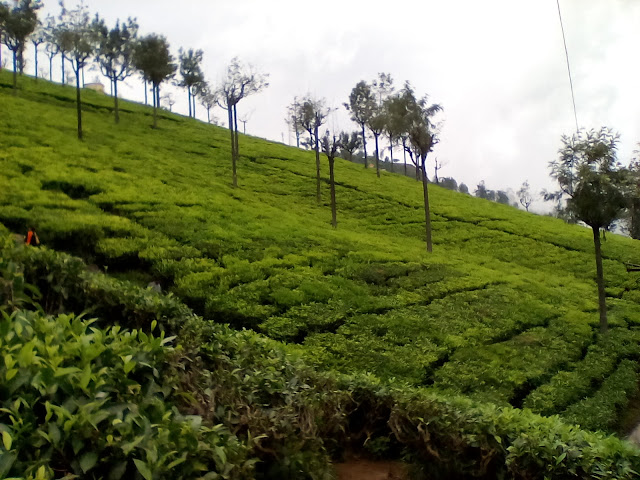Story of Kancheepuram silk: a heritage wonder
The story of world renowned kancheevaram silk saree of Tamil Nadu revolves around the a swanky little town of Kancheepuram which apart from other things is known for the its architecturally grandeur temples. A town soaked in spirituality, Kancheepuram has a heavenly connection with almost every other thing. It should not be an overstatement that the Kanchivaram silks are bestowed with elegance by the creator himself.
The story began when the land was ruled by many kingdoms, all fighting for existence of their kith and kin. History says that in the midst of all that art and culture flourished unrestrained as the kings themselves had a taste for it. It was a time when artists and artisans kept moving shifting their bases and seeking royal patronage. One such migration set the tone for what would become the nine yard and later the six yard wonder.
Kancheevaram, as suggested by the resemblance it has with Kanchipuram, got its name from the place it became famous. The time was that of Krishna Devaraya from the Vijaynagara empire and the event was the migration of Devangas and Saligars form their native place in the present state of Andhra Pradesh. Weavers par excellence, these communities made a name for themselves with the skills they possessed and the recognition they deserved wasnt far way. Mythology has it that the weavers are descendants of Sage Markanda, who is considered as gods weaver. With so many godly connection of the saree, its no hard guess to make that most of the pictures woven on the saree were that of scriptures and figures found in the local temples.
What began as a local clothing product, soon became a part of all traditional festivities. The elegance and grandeur the sarees had, attracted more seekers and admirers and soon became a must wear for weddings. As the demand grew, so did the designs and the cost of the saree. As on date, a saree can range from anywhere between Rs 2000 to Rs 200000. Needless to say that the design has undergone lot of changes and keeping in view different strata of the society the weaving procedure and material also changed with time.
The weaving process:
The weaving process begins with raw Mulberry silk threads made available from South India. An inseparable part of Saree is Gold and Silver threads used in weaving. The process gets started by dipping the silk in rice water and then sundrying it to strengthen the fibre. Once dried, the silk thread is interwoven with gold and silver threads to obtain intricate designs and pictures. An interesting thing to note here is that the pallu, body and the border of the saree are made separately and then interwoven in a special pattern called Pitni.It goes without saying that all the metal threads add on to the weight of the saree and a saree can weigh as much as 2 Kgs.
Most of the designs are based on temple figurine and its not uncommon to find Hindu gods woven on the sarees.
Varieties :
Perhaps in order to attract more customers or due to the ease of working, metal and copper zari has become popular instead of gold and silver, although retaining its sheen and demand but the original one still remains hugely popular. Another important change is that nine yard sarees have given way to six yard weaves.
As is the case with all exotic products, counterfeit sarees have flooded the market in a big way tarnishing the image of the Kancheevaram a bit. However, with the recent government support, genuine Kancheevaram is slowly regaining its sheen and has been promoted by many Bollywood personalities. Another important thing to remember about the saree is that it requires special care while washing and storing.






Comments
Post a Comment